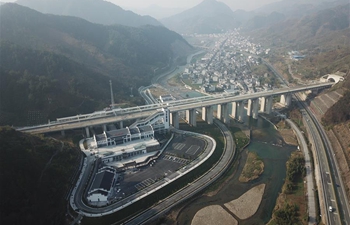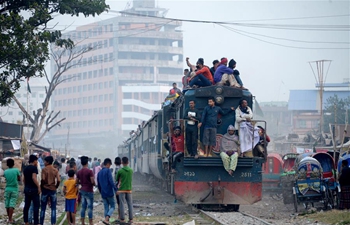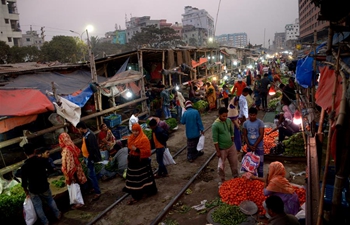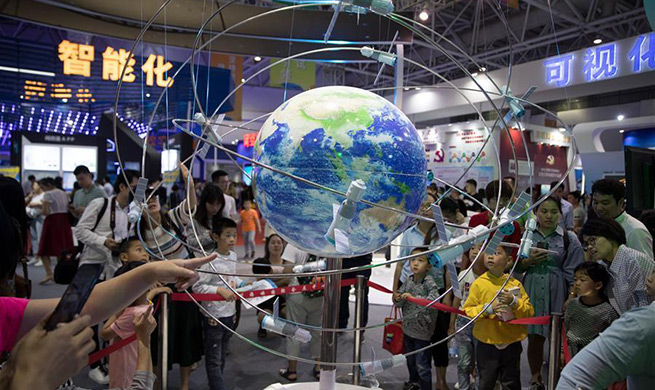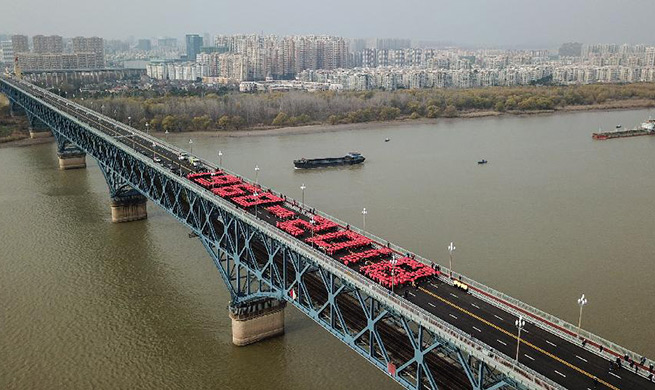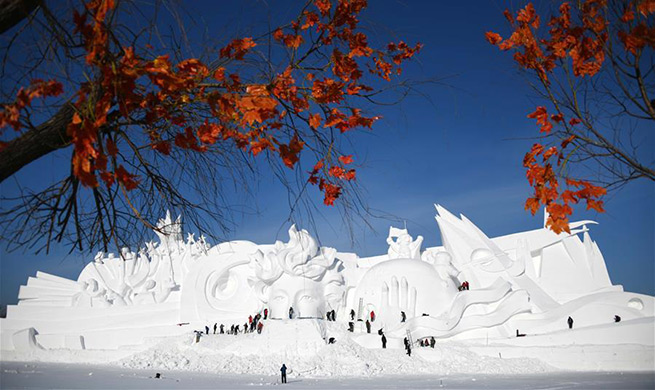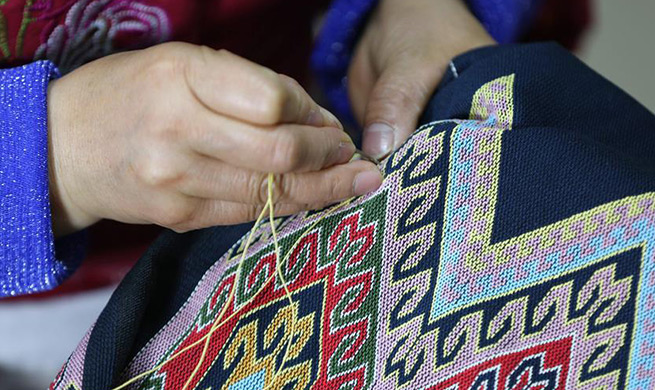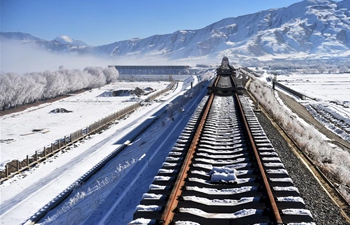BEIJING, Dec. 24 (Xinhua) -- China unveiled several new Fuxing high-speed trains at an exhibition held in Beijing Monday.
The trains on display included a 17-carriage train with a top speed of 350 km per hour, a train with a centralized power system that runs 160 km per hour, and an eight-carriage train with a top speed of 250 km per hour.
The first two trains will be put into service on Jan. 5 before the country enters the annual Spring Festival travel rush, which is expected to last from Jan. 21 to March 1 in 2019.
Measuring almost 440 meters long and with a seating capacity of 1,283 people, the 17-carriage train is one carriage longer than the trains currently in use, and can be used with existing stations, platforms and other high-speed railway facilities.
As the longest high-speed train in China, the extended new Fuxing high-speed model will be initially launched on the Beijing-Shanghai railway.
"Considering that the Beijing-Shanghai railway and many others are already crowded with enough trains, it's really hard to raise the capacity merely by adding more trains to the timetable," said Zhang Bo, a researcher at the China National Railway Track Test Center.
"What we can do is to extend the length of the train and carry more passengers."
The 160 km high-speed train is painted in green and can be used on all electric railways for regular express trains and make full use of existing maintenance resources.
"The new high-speed train is compatible to the current regular express railway system, and will provide a more comfortable travel experience for passengers," said Hu Suoting, of the China Academy of Railway Sciences Corporation Limited.
Compared with traditional locomotives, it is easier to steer, safer and more comfortable, according to an on-site introduction.
"As regular express trains still take up a large share of China's railway network, it's more economical to launch the 160 km Fuxing high-speed train," Hu said, adding that the newly-designed train would replace a number of regular express trains in the future.






